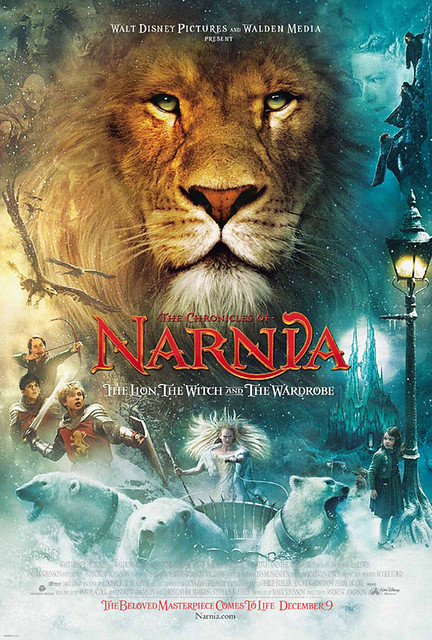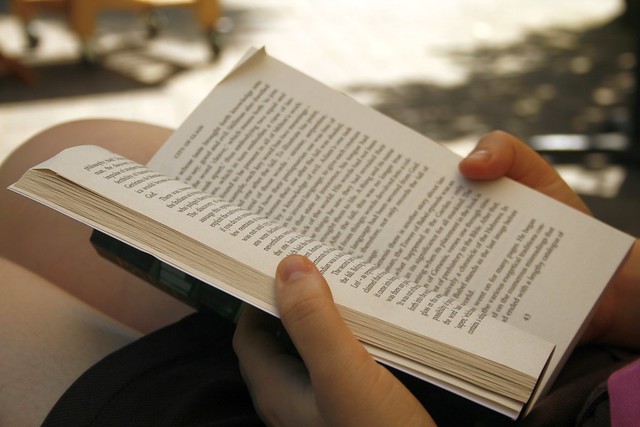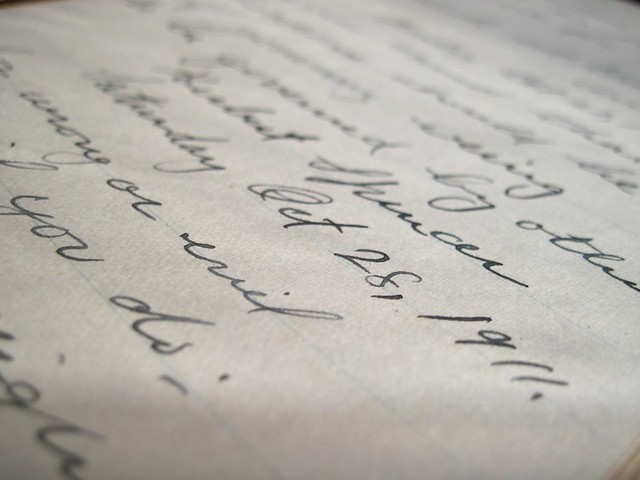 |
| Photo credit: frank95 on Flickr |
So last week one of my lovely
commenters did that thing that's entirely fantastic when they suggest a blog
topic for me to write about, which I absolutely encourage because it's more
helpful than I can even describe, especially on those mornings where I stare at
an empty Word document wondering what I could possibly write about for
tomorrow's post.
Except this time said amazing commenter asked
if I'd be willing to write about symbolism and I froze a little inside.
I put writing this post off for a bit (a whole
week, I know, I'm such a procrastinator), not because I thought symbolism was a
bad topic, but because it's such a huge, intricate topic with so many levels
and nuances. How could I possibly cover all of that in one post?
Truthfully, I can't (not in its entirety, at
least), but I'm going to try, anyway.
Let's start with a definition from dictionary.com:
Which then of course requires the definition
of a symbol (also from dictionary.com):
Now symbolism comes in many varieties and
levels, and for those of you who have ever taken (or taught) a Literature
course, you know that just about anything can be turned into a symbol, from the
color of someone's shirt, to the place a character is introduced (or killed
off), to a seemingly unimportant object, to the entire plot itself. The level
and depth of the symbols you write into your story will depend on how intricate
you'd like it to be.
While writing the first draft of the story,
many writers don't think much about symbolism because it’s tied innately with
the essence of the story, which you may or may not as a writer have quite
figured out yet in your first draft (with the exception of those writers who
are detailed pre-plotters). And it's ok not to have symbolism figured out right
away, because while it isn't absolutely 100% necessary to have symbolism in
your writing, it adds an extra depth to your story, an extra layer,
so-to-speak, that ties to the very heart of your novel.
An example of this is C.S. Lewis' The Lion, The Witch and The Wardrobe.
For those of you who have read (or watched)
the book or movie and are even somewhat familiar to Christian themes, the
allegory is pretty clear: with some spoilers to those of you who haven't read
it, the sacrifice and rebirth of Aslan (the lion and king of Narnia), who
agrees to sacrifice himself in order to save Edmund (one of the main
characters), then comes back to life later in the story very clearly mirrors
the death and resurrection of Jesus in the Bible, who sacrificed Himself in
order to atone for the sins of man, then rose again three days later.
There are also various examples of symbolism in
J.K. Rowling's Harry Potter, one of which fellow writer tweep Susan Sipal writes about much more eloquently than I
could in her post Symbolism in Writing: Shell Cottage: A Respite
from the Storm.
While not an absolutely necessary element,
writing symbolism into your story is a fantastic way to deepen the meaning of
your novel and tie everything together. Not all of your readers will pick up on
every element of symbolism that you write into your novel, but those who do
will appreciate the nuances in your work.
Do you write symbolism into your story? What
examples can you think of from a book or movie?





















